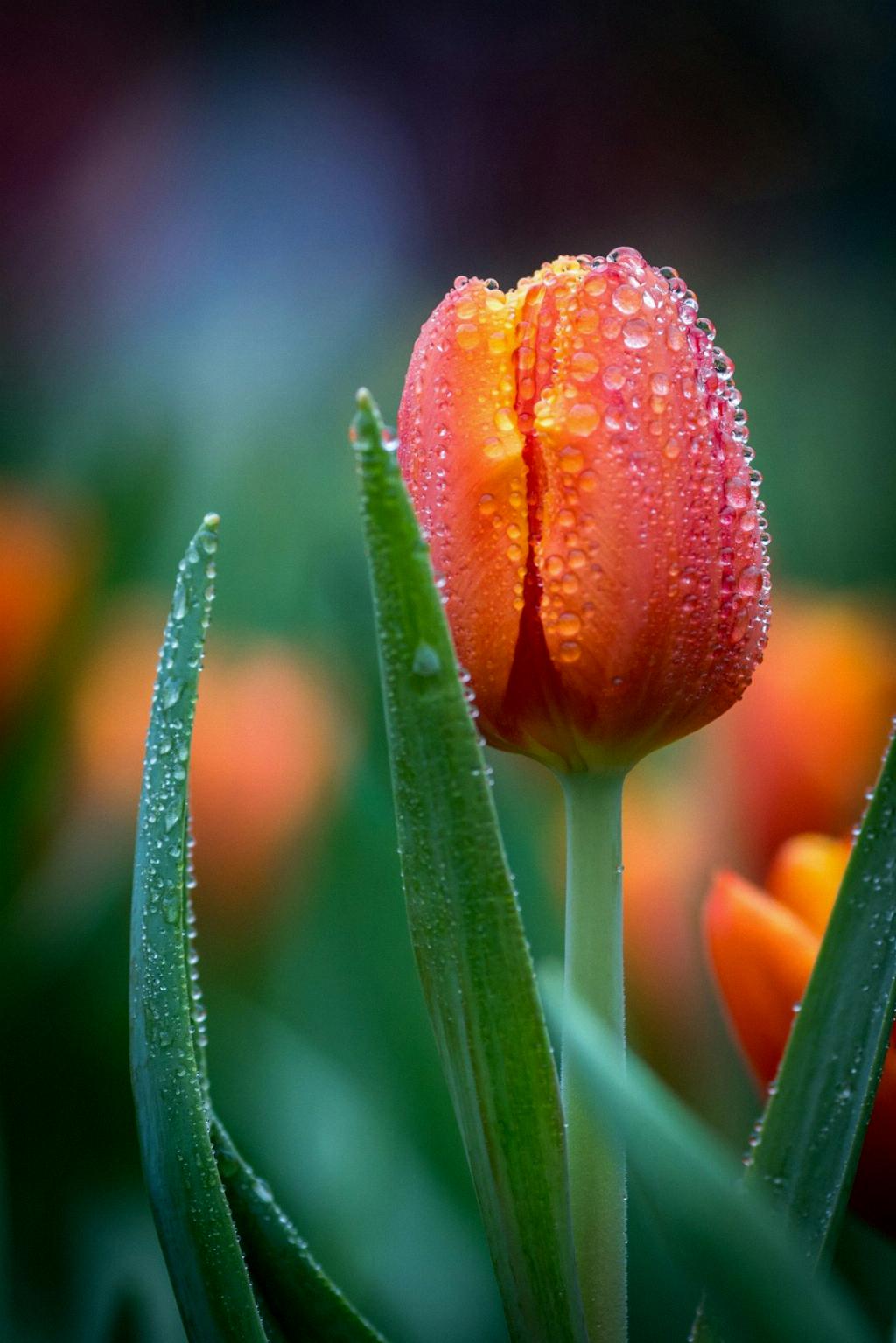When contemplating the appearance of a tulip, it is essential to delve into the intricacies of this striking flower. Tulips are renowned for their vibrant colors and elegant shape, making them a popular choice for gardens, floral arrangements, and landscaping projects.
The Foliage: Distinctive and Elegant
The tulip plant features two to three broad bluish-green leaves that form a dense cluster at the base. These leaves serve as a striking backdrop to the colorful blooms that emerge from the plant, adding a touch of lush greenery to any garden.
The Flowers: Bell-shaped Beauty
The tulip’s flowers are typically solitary and bell-shaped, with three distinct petals and three sepals. This unique floral structure gives the tulip a graceful appearance, reminiscent of a delicate goblet brimming with color.
Stamens and Ovary: Nature’s Intricate Design
Within the tulip’s bloom, you will find six free stamens surrounding the central three-lobed ovary. This intricate arrangement highlights the plant’s reproductive system and adds to the overall allure of the flower.
The Stigma: A Sessile Marvel
At the tip of the three-lobed ovary sits the tulip’s stigma, which is also three-lobed. This unique feature plays a crucial role in pollination and seed development, showcasing the plant’s adaptability and evolutionary sophistication.
Seed Capsules: The Promise of New Life
As the tulip’s flowers fade, they give way to seed capsules that house numerous seeds. These capsules serve as a vessel of potential, carrying the promise of new tulip plants that will bloom in the seasons to come.
Color Palette: A Kaleidoscope of Hues
One of the most striking aspects of tulips is their diverse range of colors. From vibrant reds and pinks to soft pastels and rich purples, tulips offer a kaleidoscope of hues that can complement any garden or floral arrangement.
Size and Shape: Varied and Versatile
Tulips come in a variety of sizes and shapes, ranging from petite and delicate to large and showy. Whether you prefer dainty species tulips or robust Darwin hybrids, there is a tulip variety to suit every taste and garden style.
Growth Habit: Vertical Elegance
When in full bloom, tulip plants exhibit a vertical elegance that adds height and structure to garden beds and borders. Their upright growth habit makes them ideal for creating focal points or adding vertical interest to landscaping designs.
Seasonal Blooms: Springtime Splendor
Tulips are synonymous with springtime, with many varieties blooming in March, April, and May. Their colorful blooms herald the arrival of warmer weather and bring a sense of renewal and vitality to outdoor spaces.
Cultural Significance: Symbolism and Tradition
Throughout history, tulips have held symbolic meaning in various cultures, representing love, beauty, and prosperity. These flowers play a significant role in art, literature, and folklore, underscoring their enduring appeal and cultural significance.
Conclusion: The Enchanting Beauty of Tulips
In conclusion, the allure of tulips lies in their exquisite beauty, intricate floral structure, and rich cultural history. These stunning flowers captivate the senses with their vibrant colors, graceful form, and symbolic significance, making them a beloved botanical treasure cherished by gardeners and flower enthusiasts alike.

